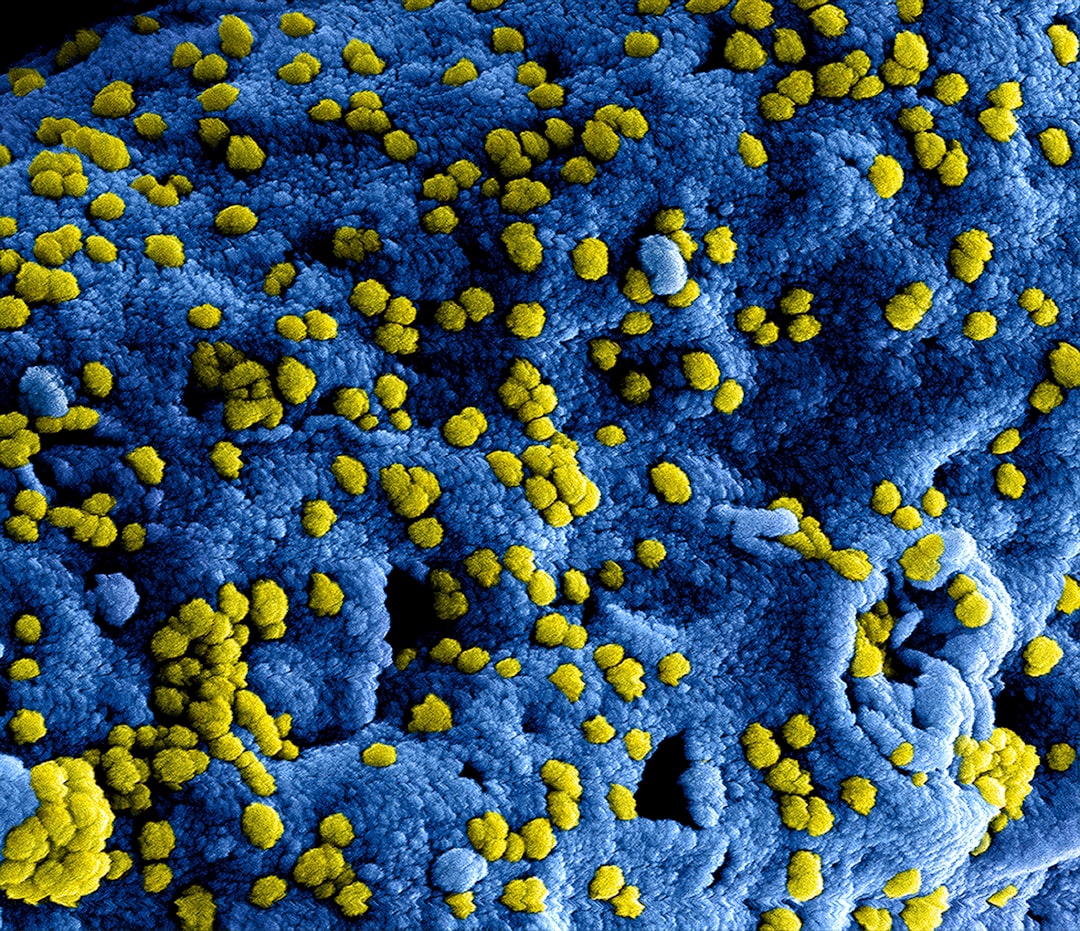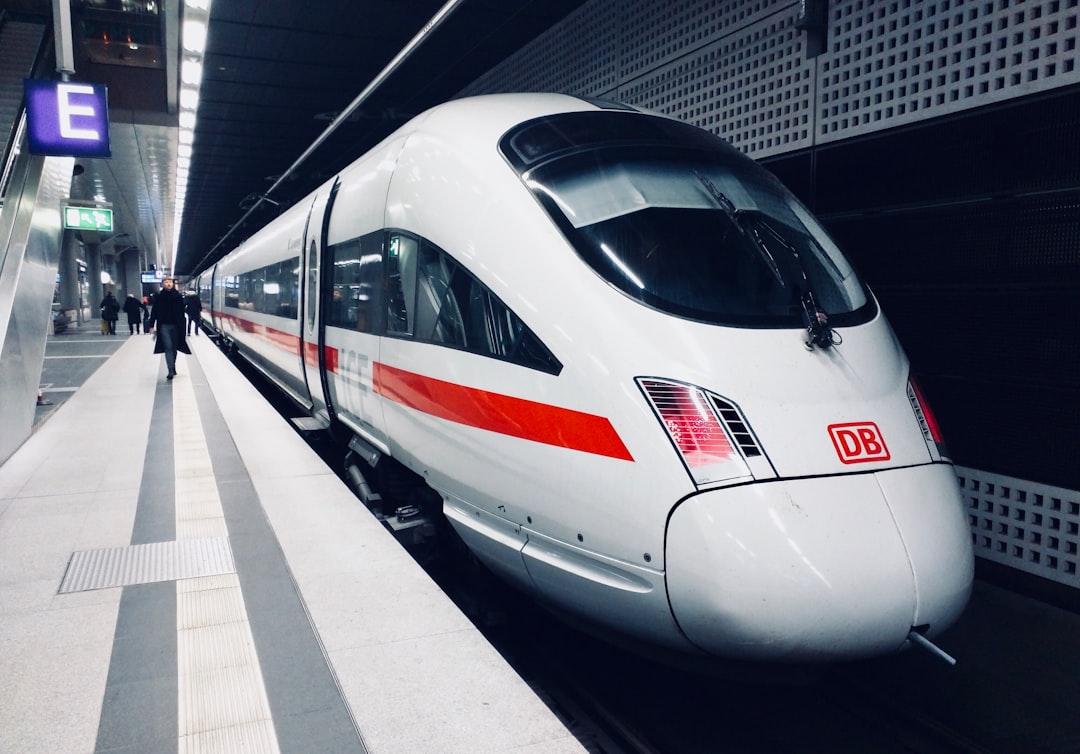What is it about?
Neuromuscular electrical stimulation (NMES) is anticipated to be an interventional strategy for disuse due to bed rest. This is the first study of the metabolic cost of knee bending exercise combined with NMES that is easily done in the supine position. This study showed that "Hybrid Training System (HTS)", utilizing electrically stimulated eccentric muscle contractions as a resistance to voluntary exercise, increased exercise intensity during knee bending exercise on a bed. Knee bending exercise simultaneously combined with HTS might be useful as a countermeasure against disuse due to bed rest by enforcing metabolic stress as well as mechanical stress.
Featured Image

Photo by Niketh Vellanki on Unsplash
Why is it important?
Our findings showed the possibility that we might strengthen the metabolic stress from increased physical activity by combining HTS with a knee bending exercise that is easily performed by bed ridden patients. The Metabolic equivalents (METs) for our studies were approximately 2.39, which is equivalent to light effort such as housework or light exercise, even if the patient is bedridden.
Perspectives
I hope this article will also help those suffering from disuse syndrome caused by long-term bed rest and microgravity. We hope to inform many people that there are effective ways to exercise in bed rest and microgravity. We would like to find more effective ways of exercising for our patients and for their environment.
HIROO MATSUSE
Kurume Daigaku
Read the Original
This page is a summary of: Electrically stimulated eccentric contraction during non-weight bearing knee bending exercise in the supine position increases oxygen uptake: A randomized, controlled, exploratory crossover trial, PLoS ONE, November 2021, PLOS,
DOI: 10.1371/journal.pone.0259856.
You can read the full text:
Contributors
The following have contributed to this page










